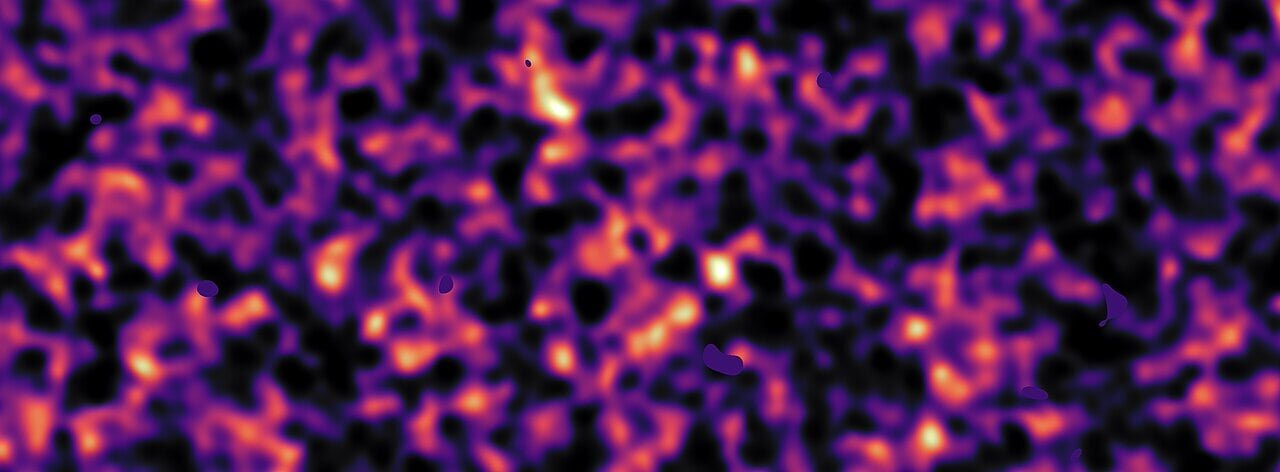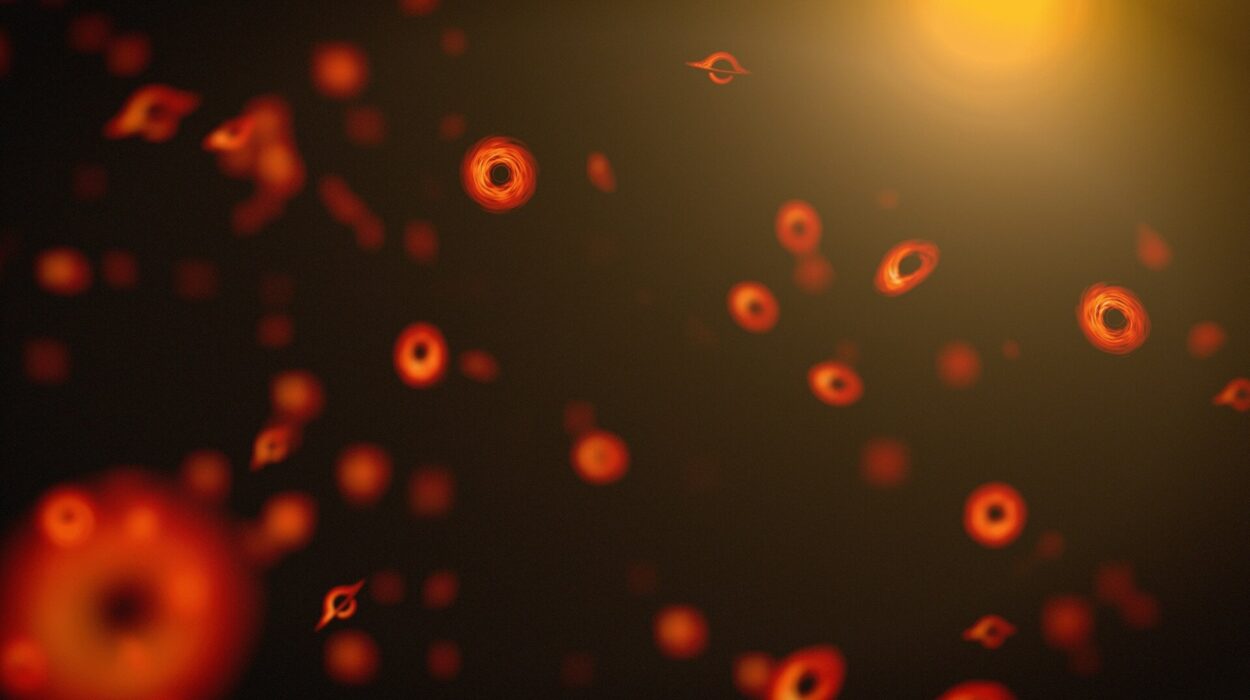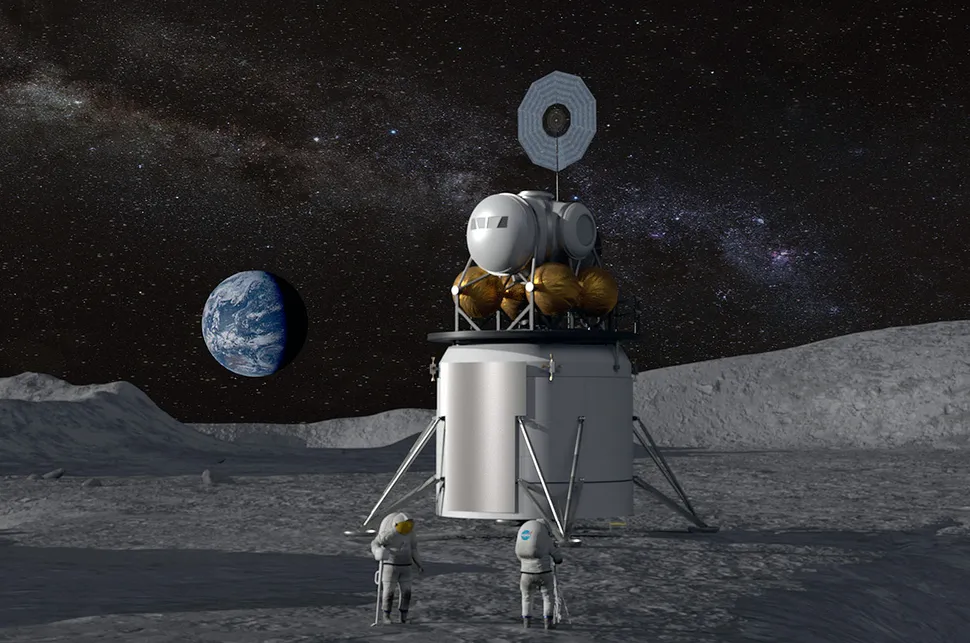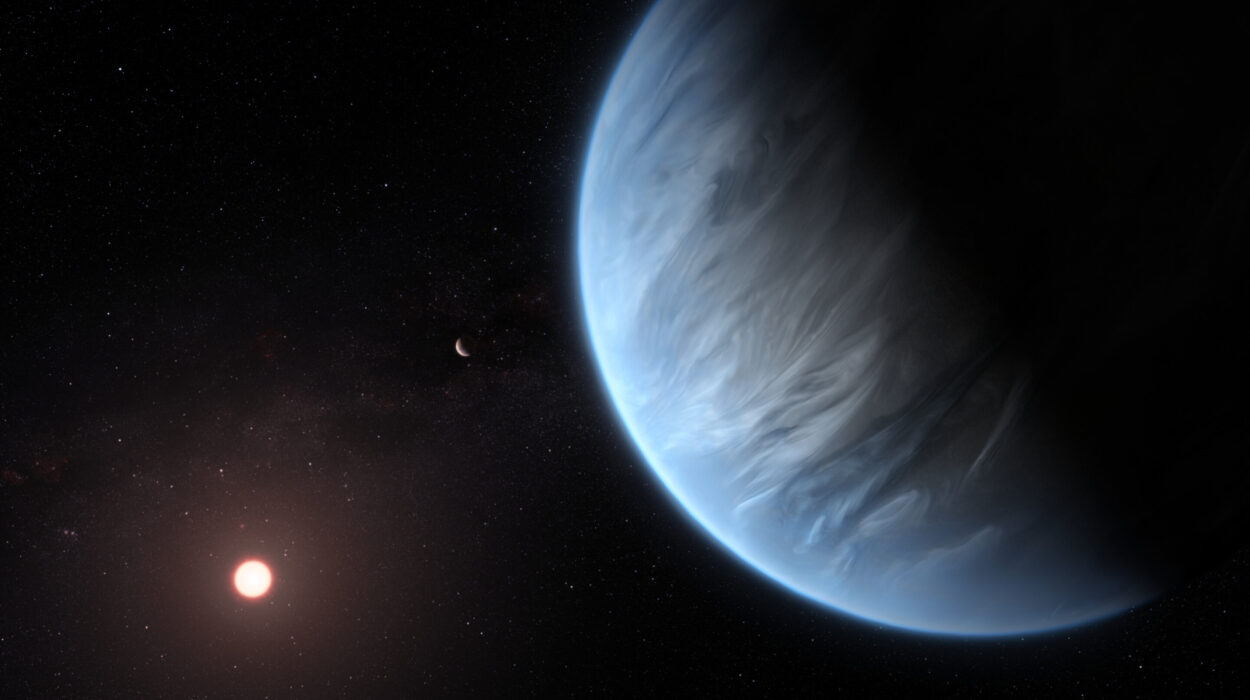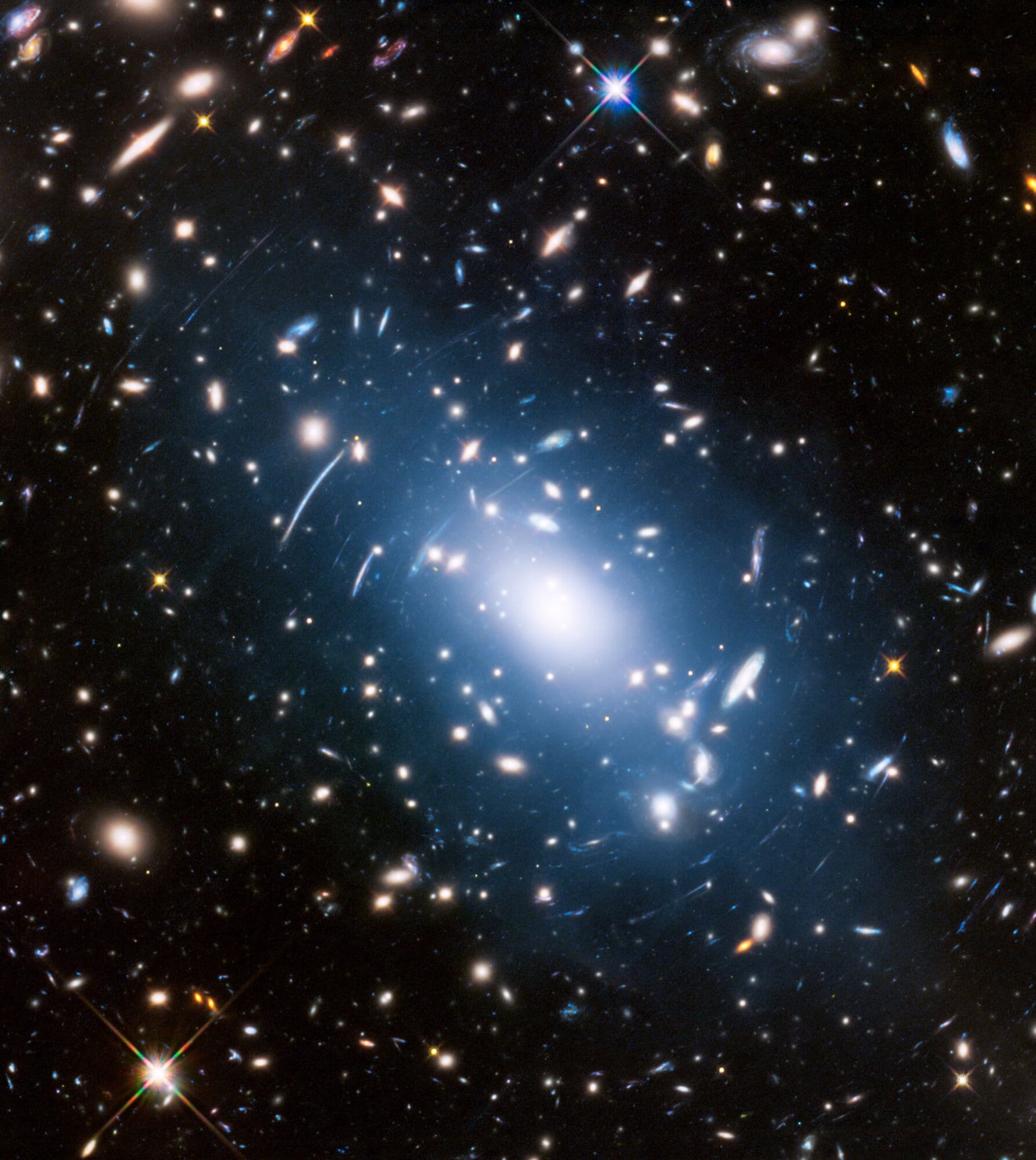On a clear Italian night more than 400 years ago, Galileo Galilei lifted a tube of glass to the sky and beheld something no human had ever seen. The moon’s surface, once imagined smooth and divine, was cratered and scarred. Jupiter was flanked by tiny moving stars—moons, he realized, orbiting another world. It was a moment of awakening for our species. We were no longer just inhabitants of Earth—we were explorers of a vast and mysterious cosmos.
Now, in the high desert of Chile, humanity is preparing for another such awakening. On 23 June 2025 at 15:00 UTC, the Vera C. Rubin Observatory will unveil its first images in a highly anticipated “First Look” event. Streaming live on YouTube for the world to see, this moment marks the beginning of what could be the most ambitious sky survey in human history. A telescope named for a scientist who changed everything we thought we knew about the cosmos is about to change it again.
An Observatory With a Mission: Carrying Vera Rubin’s Torch Into the Night
Vera Rubin was not just an astronomer; she was a scientific pioneer who defied expectation and reshaped cosmology. In the 1970s, she peered deep into spiral galaxies expecting a familiar cosmic dance—stars near the center orbiting quickly, while those at the edges lagged behind. But what she found instead was an enigma. Stars far from galactic centers were whirling too fast, as if held by unseen hands.
Her meticulous work revealed the presence of an invisible scaffolding—dark matter—that exerts gravitational influence but emits no light. Rubin’s discovery fundamentally changed physics. Suddenly, everything we could see—the stars, planets, nebulae—was just the tip of the cosmic iceberg. Over 80% of the universe, it seemed, was missing to our eyes.
Now, decades later, a telescope that bears her name is preparing to explore that invisible realm more deeply than ever before.
The Vera C. Rubin Observatory: A Technological Marvel in the Mountains of Chile
Perched atop Cerro Pachón, a 2,647-meter peak in Chile’s Atacama Desert—one of the driest and clearest-sky regions on Earth—the Vera C. Rubin Observatory is the culmination of years of international collaboration, engineering genius, and bold scientific ambition.
At the heart of the observatory lies the Legacy Survey of Space and Time (LSST) Camera, the largest digital camera ever built for astronomy. This colossal instrument weighs 3,200 kilograms, operates at a cryogenic -100°C to reduce electronic noise, and contains 189 individual CCD sensors, offering an eye-popping 3.2 billion pixels of resolution. That’s enough to spot a golf ball from 15 miles away—or read a newspaper from across the globe, if the Earth were flat and the atmosphere kind.
Its 8.4-meter primary mirror, designed with an innovative three-mirror system, gives it an exceptionally wide field of view—3.5 degrees, or about seven times the apparent size of the full moon. Unlike most telescopes that focus on one slice of the sky at a time, Rubin’s design allows it to photograph vast regions of the heavens quickly and in sharp detail, slewing between targets in just five seconds.
A Sky Survey Like No Other
The Rubin Observatory won’t merely point and shoot at galaxies—it will observe the entire southern sky every few nights for ten years. Each image it takes will be a 15-second snapshot of cosmic history. Combined, these countless snapshots will become a living movie of the universe—a time-lapse of the cosmos in motion.
Over its decade-long mission, the observatory will catalog:
- 20 billion galaxies
- 17 billion stars
- Countless near-Earth asteroids
- Transient phenomena like supernovae, gamma-ray bursts, and black hole collisions
This is not just data collection. This is humanity watching the cosmos unfold in real time.
Each month, Rubin will produce more data than all previous telescopes in history combined. It will track the twinkle of stars, the flare of novas, the silent drift of asteroids. It will observe the subtle bending of light by dark matter, the slow tug of dark energy as it stretches spacetime itself.
And with this data, astronomers hope to answer some of the most profound questions we’ve ever asked.
The Search for the Universe’s Dark Heart
Even though it dominates the universe, dark matter remains a riddle. It doesn’t glow, reflect, or absorb light. It makes itself known only through gravity. We can’t see it—but we can see what it does.
By observing how galaxies twist and how light bends around unseen mass, Rubin’s instruments will help scientists map dark matter’s distribution across the sky. The observatory will capture subtle distortions in the light from distant galaxies—a technique called weak gravitational lensing—to construct a three-dimensional map of the dark universe.
This might reveal how dark matter has shaped cosmic structure and how it interacts with mysterious dark energy, the force thought to be driving the accelerating expansion of the universe. We are, perhaps, on the cusp of finally understanding the ghostly forces that have steered the evolution of everything from galaxies to galaxy clusters, and even to our very own Earth.
Watching for the Unexpected
But beyond dark matter and cosmic mapping, Rubin’s real strength may lie in its ability to catch the unknown.
A supernova might explode in a distant galaxy. A rogue asteroid could swing past Earth unnoticed until Rubin catches its faint reflection. A strange flare from a black hole merger might briefly light up the sky. Rubin will see it all.
This “living sky” approach makes Rubin not just a survey tool, but a cosmic alert system. Its data will be streamed in near real-time, empowering scientists—and even citizen astronomers—to detect new phenomena as they happen. It will track the orbits of potentially hazardous asteroids, alerting agencies around the world. It could spot interstellar visitors like ‘Oumuamua, which passed through our solar system in 2017, too quickly for most telescopes to get a good look.
Rubin’s ability to stare unblinking into the depths of the night will make it a sentinel of the sky.
A Moment for the World
The unveiling of the Rubin Observatory’s first images on June 23, 2025, will be more than just another technological milestone. It will be a moment shared across continents, languages, and time zones.
As the live-stream begins, people around the world—from schoolchildren to seasoned astronomers—will see the first fruits of a telescope designed not just to look, but to witness. It will reveal a cosmos glittering with structure, detail, and surprise—vast and ancient, yet suddenly more familiar.
Just as Galileo’s sketches of the moon stirred wonder and controversy in his time, Rubin’s first images may redefine how we see our place in the universe today. We may see galaxies colliding in far-off reaches, nebulas swirling like smoke across cosmic voids, and perhaps—just perhaps—clues to the dark heart of reality itself.
A Legacy Etched in Stars
There is deep poetry in the naming of this observatory. Vera Rubin spent her career fighting for both scientific truth and the recognition of women in astronomy. She worked in an era when women were often shut out of academic institutions and observatories, yet she persevered with unmatched rigor and integrity.
Naming this extraordinary telescope after her isn’t just a nod to history—it’s a declaration that discovery knows no gender, no boundary, no barrier that passion and curiosity cannot cross.
As the Rubin Observatory gazes into the great abyss, it does so not just with mirrors and sensors, but with the legacy of those who dared to ask the universe hard questions—and listen patiently for answers.
A New Chapter Begins
Four centuries ago, Galileo’s telescope gave us our first cosmic perspective. It showed us that Earth was not the center of the universe, and that the heavens were not immutable. That small glass tube transformed our understanding of reality.
Today, the Rubin Observatory stands ready to do the same—on a scale Galileo could scarcely have imagined.
As its first images pour in, as its camera clicks night after night, capturing the silent ballet of the cosmos, we will be reminded that science is a story. A story written in light, across centuries, by lenses and mirrors and minds like Rubin’s and Galileo’s—and now, by the telescope that will bear witness to the next great cosmic truths.
The stars are waiting.
More information: Links to the live stream can be found on the Rubin Observatory website.
Coming June 23, 2025: First Look at the cosmos with NSF–DOE Vera C. Rubin Observatory
